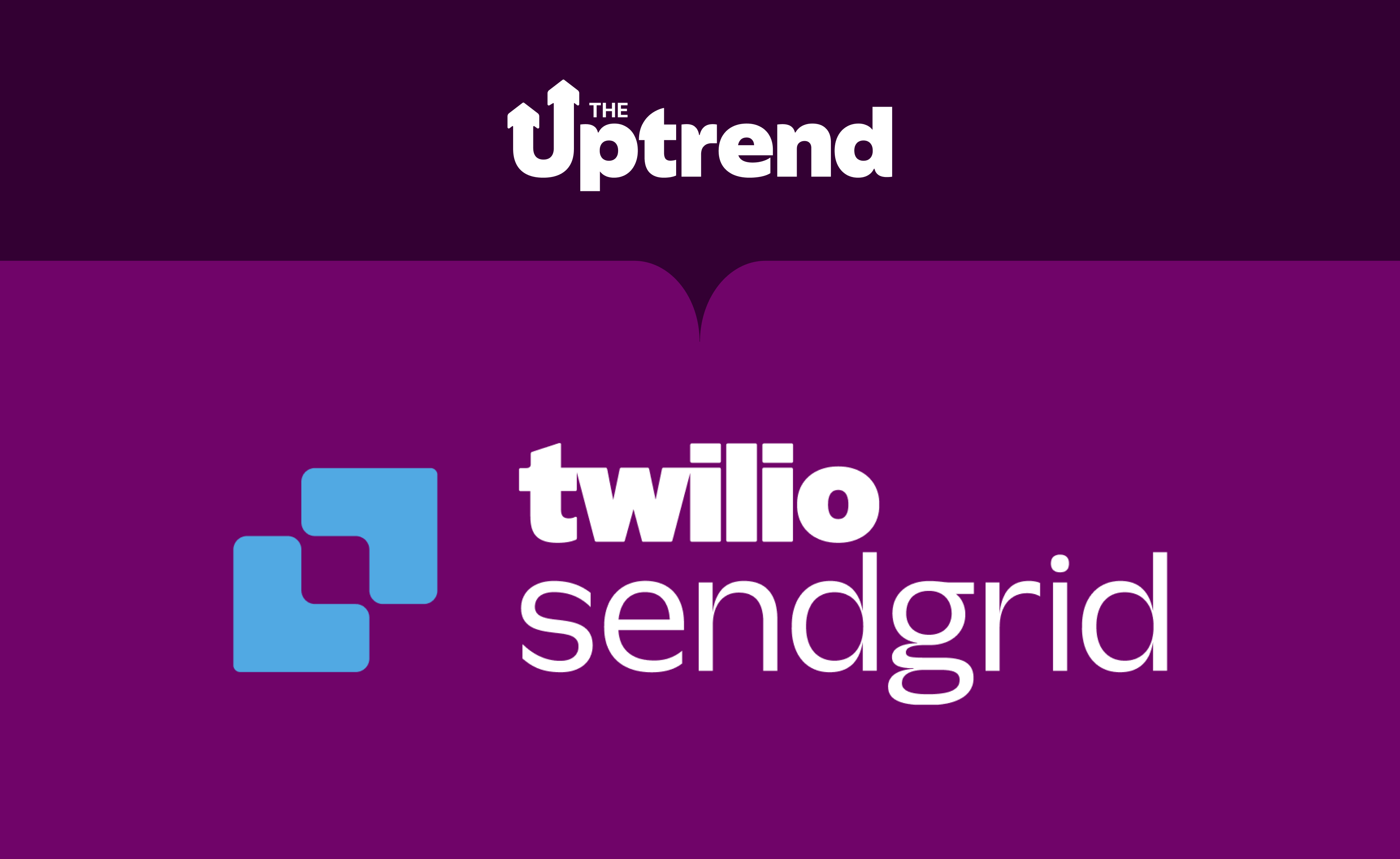When we think of deliverability and big email impact, the behemoth direct-to-consumer senders often come to mind as the ones that need to nail it in the inbox. But that’s not exactly fair.
With a longer sales cycle, smaller list sizes and a pile up of industry-specific nuances, sending effective email as a B2B marketer can be a gnarly task. But the payoff for doing it right can be huge–even make-or-break for some companies.
Here’s how a B2B sender can do things right:
Think through the unique technology stack.
Many bigger businesses are paying for a service like Cloudmark or Barracuda to protect them from threats, ransomware and phishing attacks. Fortune 500 domains have tighter filtering and have custom rule sets that can be tricky to navigate. Smaller businesses might use SpamAssassin or another open source tool to accomplish the same level of email filtering. These rules sets may be around sending volume, links, imagery, block lists and so much more. This enhanced security means you’ll need to do some unique forensic work and step up your game. For example, some of these filters recognize patterns in email signatures and are able to fingerprint content with similar signatures and send those to the junk folder.
Arm yourself with more intel.
You can use a site like XNND.com to see which tools your key accounts are using if you do have trouble with a particularly important prospect. Also think about calling on a contact or gaining an “insider” at that business to check in with IT if you are landing in quarantine. If they share a message header or provide some guidance from their IT department, that will help tremendously.
Carefully consider volume.
A top factor in being on the safelist or blocklist for B2B is your volume. Sending to 500 “decision makers” in the same domain in one hour? That looks mighty suspicious. As a sender on the B2B side, you need to slow down your sending to mimic more of a 1-1 cadence. Some ESPs may have throttling tools to help, but you may have to break out Excel and manually jump in.
Build a relationship with useful content, not shameless self-promotion.
For many sending in the B2B space, there’s not a natural carrot, like a discount or promotion, to dangle. But thinking about getting the right message, to the right buyer, at the right time has an even greater value with long, high-stakes sales cycles. Using case studies, webinars and informational materials makes it an exchange, a conversation. Think about your full marketing program as one that can add value for the decision maker–not just your email channel as a tool for blasting out your company message. (Side note: Resist the urge to rely on gimmicks, like giving away Amazon gift cards in exchange for demos, to get a short-term gain.)
Think about your full marketing program as one that can add value for the decision maker–not just your email channel as a tool for blasting out your company message.
The best B2B emails seem incredibly 1-1. The from name should be an actual human and the subject line and contents should be about useful tools and information, presented with human language. Period.
Understand the nuances of your audience and industry.
Selling technology to educators? Don’t email them over the summer. Have a product specifically for retailers? Don’t expect them to do anything during the busy Black Friday time period. Understanding the nuances of your audiences speaks volumes and keeps you out of trouble.
Don’t mess this up.
Recovering from a blunder can be even harder for B2B senders. ISPs and filtering companies are likely to ask, “Why should I let this sender back in the inbox?” and for good reason. That’s why approaching with brand integrity and eyes wide open with a great monitoring tool (insert shameless Inbox Monster plug here) is of the utmost importance.





